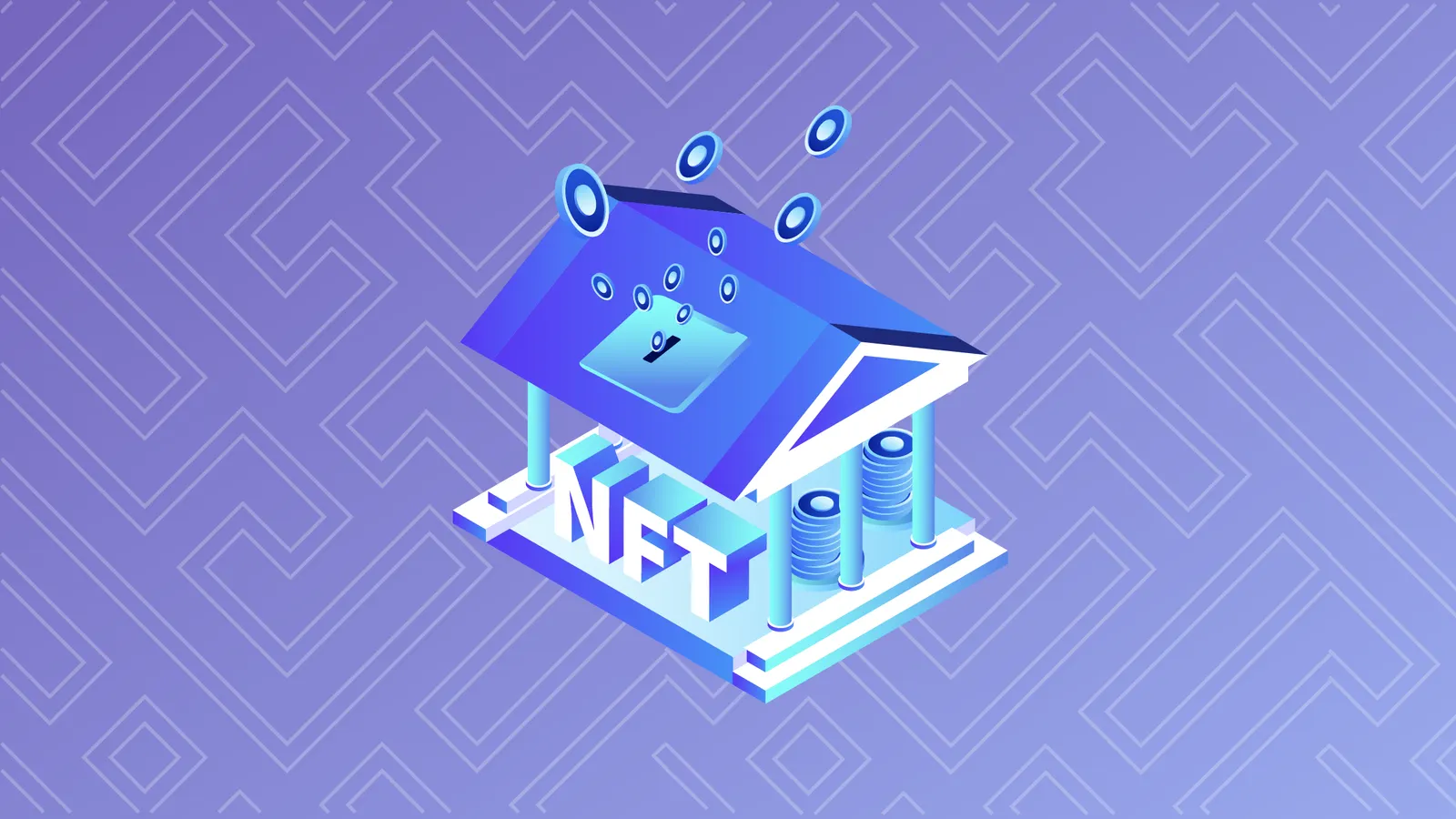Non-fungible tokens (NFTs) exploded in popularity in 2020 with popular NFT collections reaching the public consciousness. Some of these NFTs that were originally priced in ether (ETH) for less than $300 USD or given away for free via airdrop (a blockchain giveaway) were later resold for more than $100,000 — and sometimes much more. Cryptopunks is a collection of 10,000 NFTs that has some of the most sought-after collectibles. Fetching staggering sums, three Cryptopunks have sold for more $10 million, with CryptoPunk #5822 selling for approximately $23.7 million. Not to be outdone, popular digital artist Beeple’s “The First 5000 Days” NFT later sold for $69.3 million at fine art house Christie’s first NFT auction.
While NFTs can be an incredibly lucrative purchase, with some NFTs going up parabolically in value, it’s worth noting that these valuations can also drop parabolically in value as well. Like cryptocurrencies in general, these NFT prices are dictated by the laws of supply and demand. However, determining the “value” of NFTs in this nascent sector of the wider cryptocurrency industry is no easy task and is partially subjective.
While the crypto market in general is well known for its price volatility — the NFT sector can make the traditional crypto markets for bitcoin (BTC) and other cryptocurrencies seem stable by comparison. Much like the hype around Initial Coin Offering (ICO) profit potential in 2017, there is speculation that many NFT enthusiasts in 2020 and 2021 were mesmerized by the rapidly rising prices — and the hopes of making a “crypto fortune.” This created a crypto bandwagon buying frenzy that made prices “moon” — crypto slang for a price chart that points straight up.
When prices started to trend downward, many of these NFT speculators started to sell in order to lock in profits, break even, or reduce their losses. For those that didn’t sell initially, the dropping prices later compelled them to “panic sell” for heavy losses. This dropped the prices for some NFTs even more — plunging them back down nearly as rapidly as they rose. Further, as the prices for the crypto used to purchase these NFTs dropped as well, it is likely that many chose to trade their crypto — and NFTs — for fiat currency or stablecoins to ride out the crypto bear market — leaving less available crypto for NFT speculation.
NFTs Make Digital Ownership Possible
Unlike fungible (exchangeable) cryptos like BTC and ETH, the “non-fungible” in NFT means that they typically represent a one-of-a-kind blockchain token. NFT ownership allows you to verify that you own the original — much like you can prove your crypto ownership via your crypto wallet’s private keys.
Many of the popular NFTs from 2020 were digital collectibles and artwork from popular artists. Critics point out that you can simply “right-click, copy” an NFT jpeg, but NFT enthusiasts counter that while you could purchase a reproduction Andy Warhol print for less than $100, an original print can sell for millions. The original has value — reproductions don’t. NFTs allow collectors to verify that they own an original.
NFTs: From Obscure Art to Investment Potential
As speculative investments, artistic blue-chip NFTs could be thought of as a digital version of the traditional fine art market for paintings, sculptures, and other artwork. Beyond that, there are sports-focused NFT collections (think digital basketball cards) and NFTs that can represent in-game items in video games. While some of these also command eye-popping prices, NFT investment opportunities are expanding to uncharted blockchain waters.
Beyond the digital realm, NFTs can prove ownership of real-world physical assets such as real estate, precious metals, and other commodities. This can allow you exposure to these assets without the typical escrow or storage fees. NFTs can even be used as collateral to receive loans — and others even rent out their high-value NFTs or license their associated intellectual property (IP).
NFT Investment Funds
As NFTs have only been popular for a few years, you may be surprised to discover that actively managed NFT funds are already available. Some of these funds invest primarily in NFTs themselves, while other funds invest in both NFTs and the associated NFT infrastructure of marketplaces and protocols. NFT fund options to consider include exchange-traded funds (ETFs), venture capital (VC) funds, blockchain-based NFT funds, and other bespoke offerings.
Just like traditional ETFs such as those that track the S&P 500 index, NFT-focused ETFs can be traded on the stock market just like stocks are. Launched in late 2021, the first NFT ETF was Definance’s Digital Revolution ETF (NFTZ) which trades on NYSE Arca — a top U.S. exchange for trading ETFs. VC funds are another alternative that diversifies your NFT exposure. However, you’ll need to be an accredited or institutional investor in order to buy into an NFT VC fund. Examples include Spencer Ventures’ NFT Token Fund and Curated, which is backed by prominent investors in the crypto space.
If you want your NFT fund to be less traditional and more crypto native (on the blockchain), there is a broad selection of different options to consider. If you want exposure to a crypto collection and not a solitary NFT, you could consider some of NFTX’s collections. For example, you can buy their PUNK token to gain exposure to a collection of 136 CryptoPunks. Another option is Index Coop’s JPG NFT Index (JPG). It provides wider exposure to a variety of sought-after NFTs and several blue-chip NFT collections.
Regardless of the route you choose, NFT fund investment allows you to diversify your exposure — and ostensibly your risk — in a burgeoning ecosystem that could become a new asset class unto itself.
Cheat Sheet
- Ways to invest in NFTs include actively managed funds, ETFs, venture capital funds, blockchain-based NFT funds, and other bespoke offerings.
- Like cryptocurrencies in general, these NFT prices are dictated by the laws of supply and demand.
- As speculative investments, artistic blue-chip NFTs could be thought of as a digital version of the traditional fine art market for paintings, sculptures, and other artwork.
Up Next
In this lesson, we learned about different ways to invest in NFTs. In the next lesson, we dive deeper into one such investment: the so-called blue-chip NFTs.


